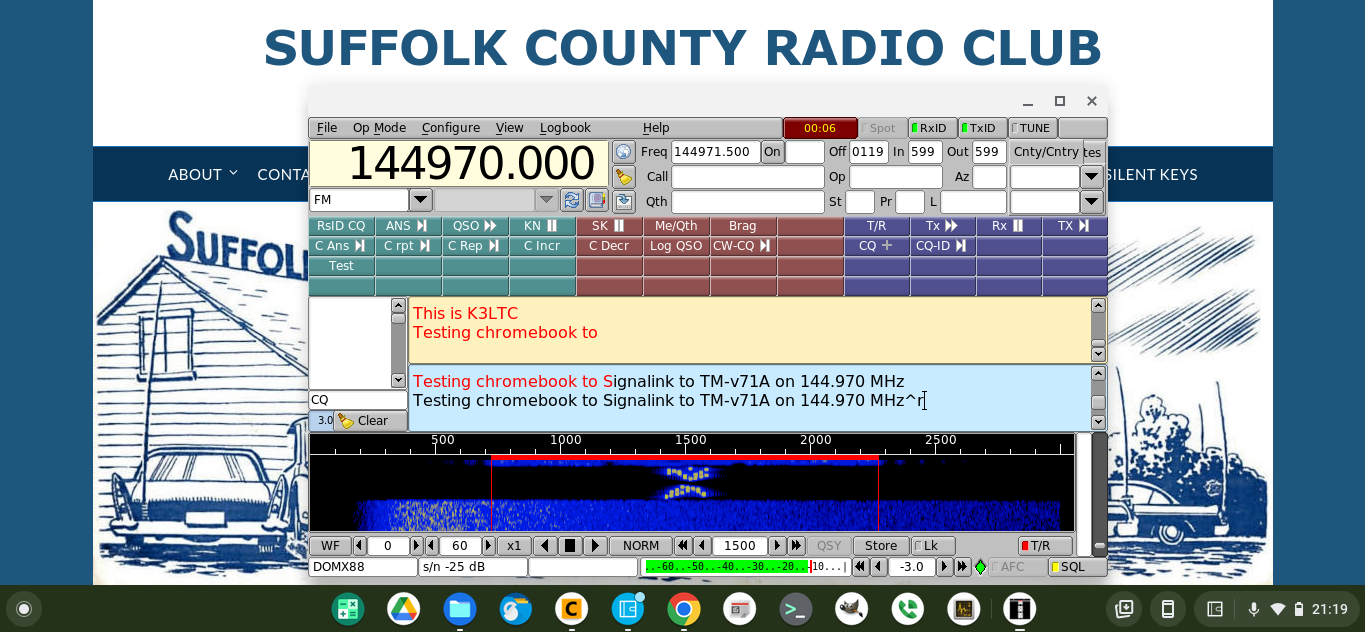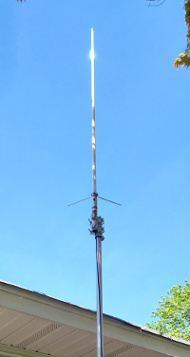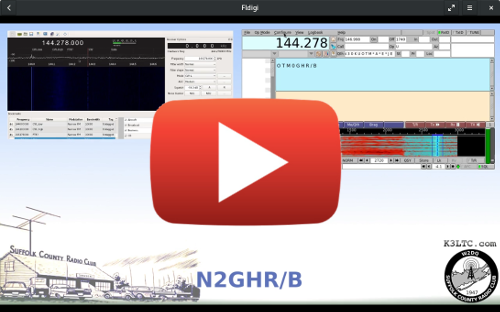FLdigi on a chromebook
Apr 27, 2022
Hoping to be able to use my ASUS CX-1 chromebook (Amazon link) for radio operations I installed gqrx on it and got it working with my RTL-SDR (I recently bought a new one since I damaged my old one by accidentally transmitting from my radio while on a shared antenna). There really were no tricks or gotchas, I just installed gqrx from the repos and it just worked. I should probably mention that when I say this I'm using the Linux subsystem called Crostini which comes with ChromeOS. Its easy: Settings | Advanced | Developers | Turn on Linux. Then, in the new Linux terminal: sudo apt install gqrx.
But then of course I wanted to try using fldigi which doesn't use an SDR. To work with this software you're connecting up to a real radio (through a soundcard) and receiving and sending data. Installing fldigi it just as easy: sudo apt install fldigi, but getting it to actually work required (for me) an additional step. I was trying to use an external sound card (a SignaLink) and while ChromeOS sees this fine (it appears in the volume settings as another device you can use), the Linux subsystem did not.
I found this article which explained how to enable an external USB mic for ChromeOS:
First, enter a crosh terminal (this key combo opens a special kind of tab):
CTRL + ALT + T
Then enter this command:
vmc stop termina
and wait a few seconds for it to complete. Then:
vmc start termina --enable-audio-capture
and close the crosh terminal.
That was pretty much all that was required. In fldigi, I chose Pulseaudio and chose pulse in the shared audio device dropdown.


FLdigi and CW
May 20, 2019
 I set up my portable tripod today to raise my Comet GP-3 up as high as I could and spent some time trying to find digital stations on 2m and 70cm and I was interested in trying to use wsjtx which I managed to successfully compile from source last night to decode whatever I could find. Turned out I found precious little but that isn't surprising on these bands. I gave up on digital modes and decided to hunt for some CW.
I set up my portable tripod today to raise my Comet GP-3 up as high as I could and spent some time trying to find digital stations on 2m and 70cm and I was interested in trying to use wsjtx which I managed to successfully compile from source last night to decode whatever I could find. Turned out I found precious little but that isn't surprising on these bands. I gave up on digital modes and decided to hunt for some CW.
I was listening using my RTL-SDR and under Linux at least I've found if I'm using anything other than gqrx I've got to have two programs running to access that device. The first one makes the sound that I can then bus to other programs with pulseaudio mixer to analyze and display that information. Today I used gqrx to access the RTL-SDR and tune it, then I fired up Fldigi and pulseaudio routed the audio from gqrx to fldigi. I could have also run rtl_sdr in a terminal window with some command line arguments, but its nice to be able to tune around with a graphical interface.
Eventually I came across 144.278 which appeared to be a beacon repeating some morse code. Even with my medicore CW skills I could copy the code easily enough as it was being transmitted fairly slowly, but I was interested in how FLdigi would do with it. I heard the following message being repeated:
DE N2GHR/B FN30KU
but FLdigi mistranslated the first four characters making them into OT M0 - the rest it got right. I soon found Paul N2GHR on QRZ where he's got some nice pictures of the beacon setup he's running. He might not be very interested in my signal report because we're only about 8 miles distant but I can receive that signal loud and clear.
